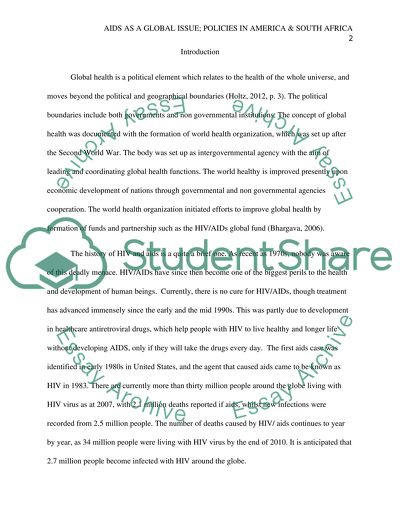Cite this document
(“AIDS is a global health issue, compare and contrast the policies and Essay”, n.d.)
Retrieved from https://studentshare.org/health-sciences-medicine/1467018-aids-is-a-global-health-issue-compare-and-contrast
Retrieved from https://studentshare.org/health-sciences-medicine/1467018-aids-is-a-global-health-issue-compare-and-contrast
(AIDS Is a Global Health Issue, Compare and Contrast the Policies and Essay)
https://studentshare.org/health-sciences-medicine/1467018-aids-is-a-global-health-issue-compare-and-contrast.
https://studentshare.org/health-sciences-medicine/1467018-aids-is-a-global-health-issue-compare-and-contrast.
“AIDS Is a Global Health Issue, Compare and Contrast the Policies and Essay”, n.d. https://studentshare.org/health-sciences-medicine/1467018-aids-is-a-global-health-issue-compare-and-contrast.


